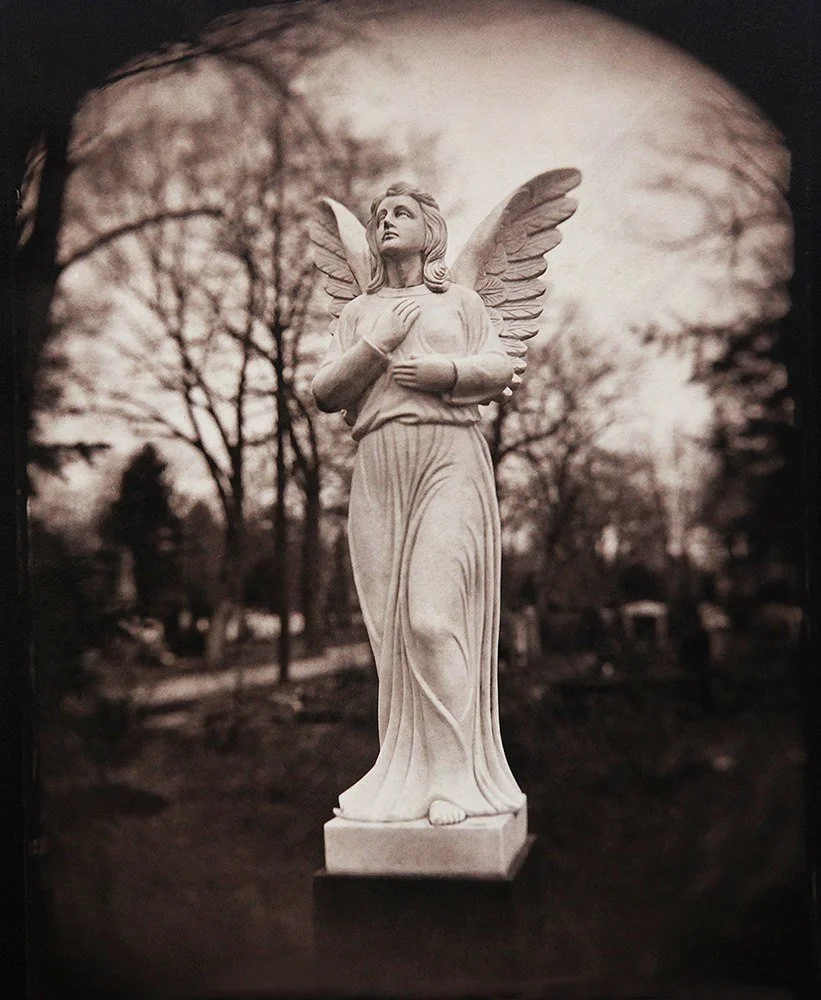What are humans afraid of? Death, meaninglessness, loneliness (isolation), and freedom. Ernest Becker and Jean-Paul Sartre made that abundantly clear.
We prefer to act as though death is easy. Vital signs, brain scans, organ failure—we turn it over to the biologists. We say, "This is where life ends," and draw a clear line. In actuality, however, human death does not exist in the sterile realm of checklists and charts. It inhabits the world of stories and symbols.
We are frightened by more than just the body shutting down. It is the breakdown of a life dominated by others. We are held to our flimsy promises of immortality by the cutting of ties. Few people knew this better than Ernest Becker. He observed that we create our morals, our art, and our cultures as defenses against the inevitable death. We try our hardest to hide that terrible reality and to act as though our existence is more than a passing biological fad.
It is possible to declare a body on a ventilator brain-dead. It's done biologically. However, to the living, it can still be a person, a narrative, or a strand in the web we weave to keep the abyss at bay. This is painfully evident from the paper I just read: human death is always relational, moral, legal, and practical. It is more than a simple off/on switch. It marks the end of a "life-form," a life molded by ritual, language, memory, and the vows we make to one another.
There is more than just flesh left over after a death. The tangle of obligations, relationships, and rights that keeps the deceased in our world a little while longer is all that is left. Even if they only endure as long as the memory does, they continue to firmly ground us in our denial and our attempt at symbolic immortality.
The moment when our symbolic world finally breaks and we realize that all of our illusions and buffers can only last so long may be the true threshold that we fear, rather than the boundary between flatline and heartbeat.
“The idea of death, the fear of it, haunts the human animal like nothing else; it is a mainspring of human activity—activity designed largely to avoid the fatality of death, to overcome it by denying in some way that it is the final destiny for man.”
— Ernest Becker, The Denial of Death
What do you see holding your fear of death at bay? Do you lean on something? Or are you in a free-fall state of neuroticism? Afraid of both life and death?


